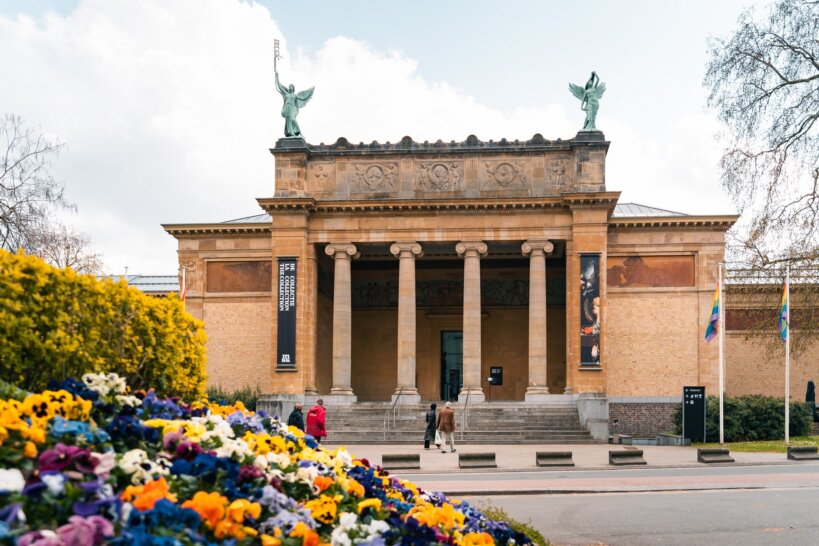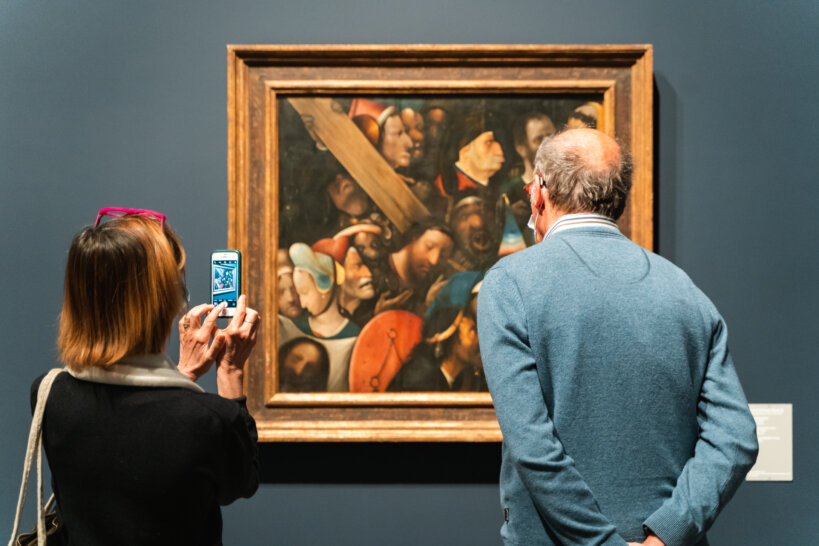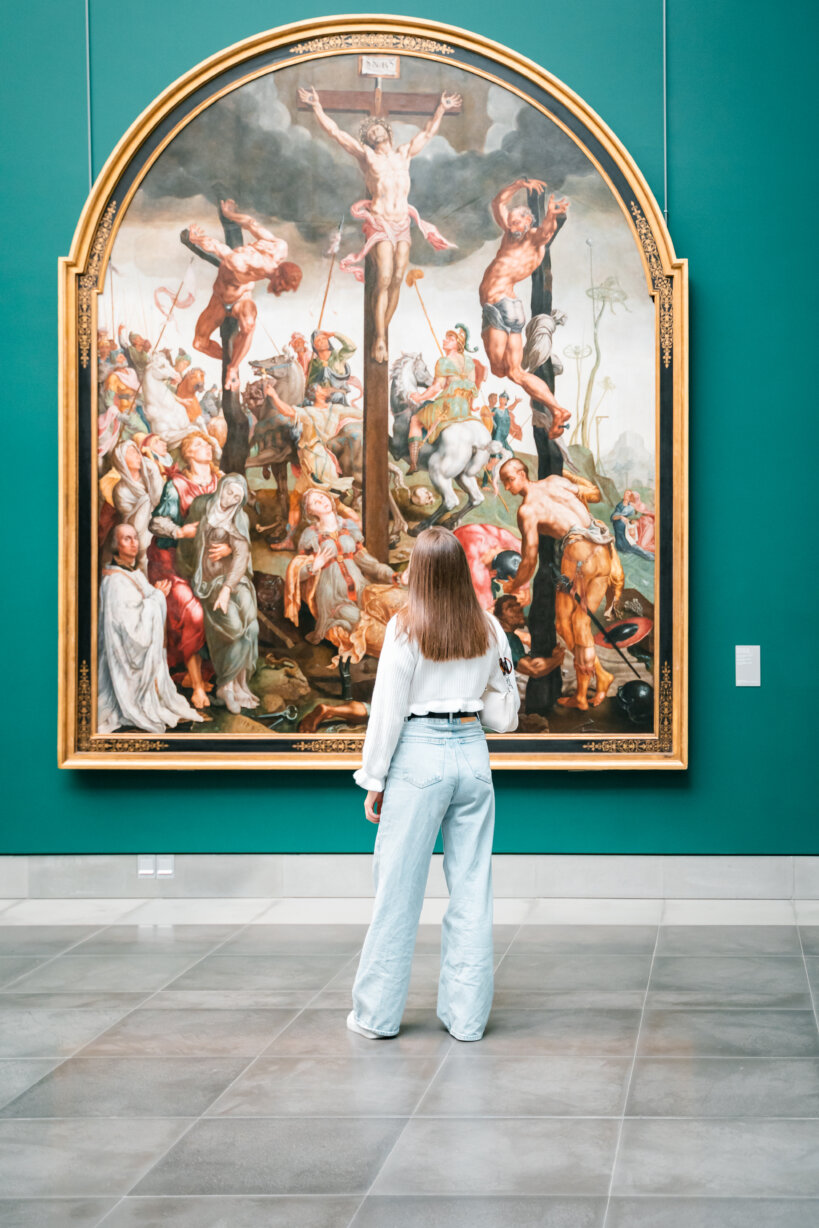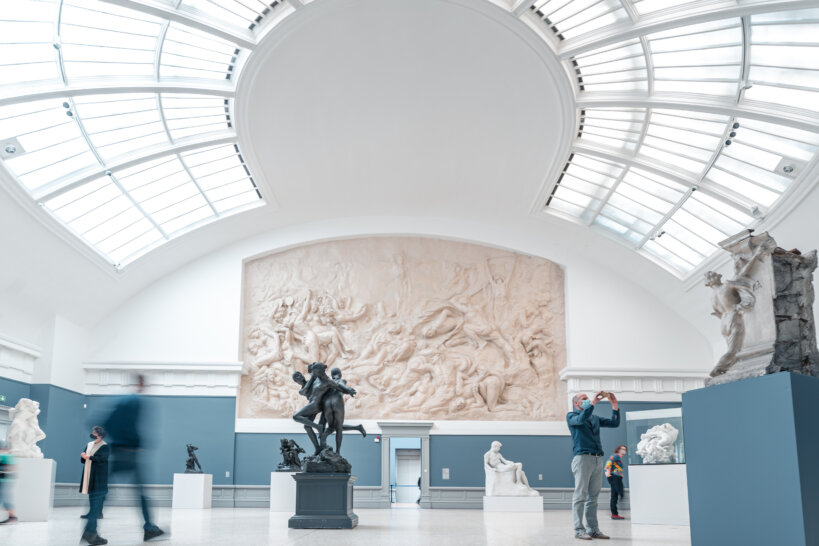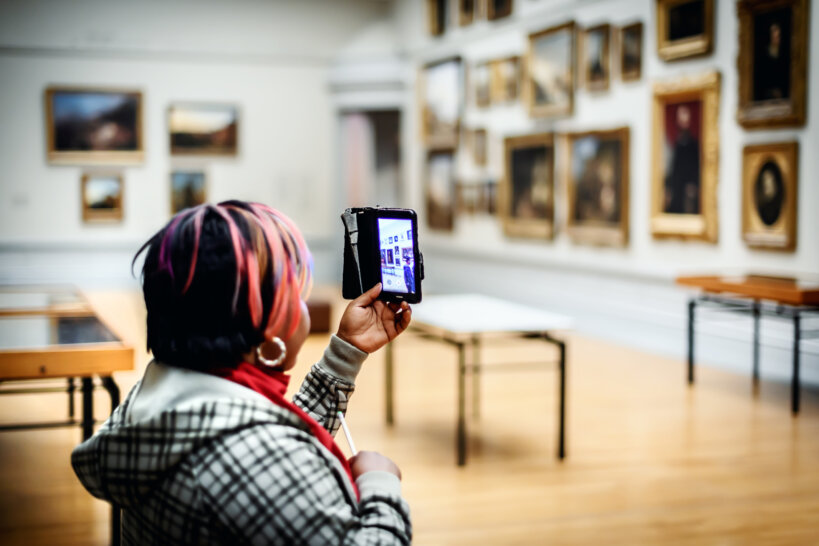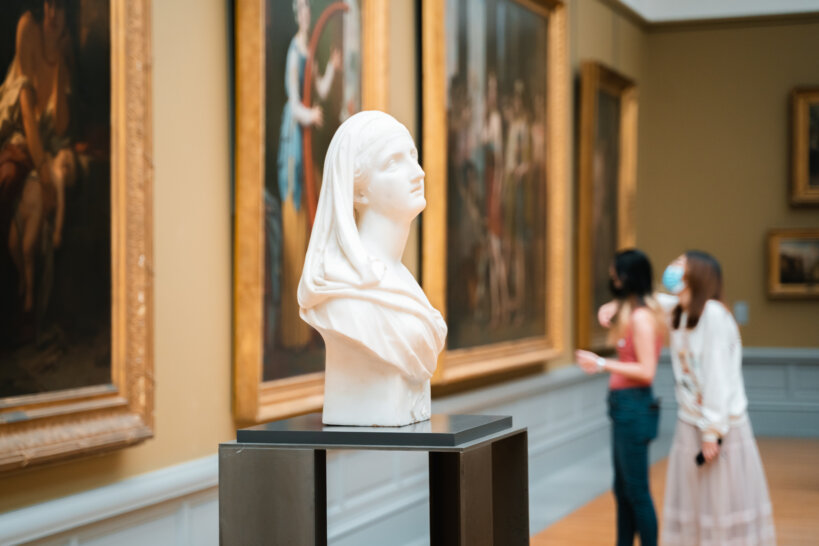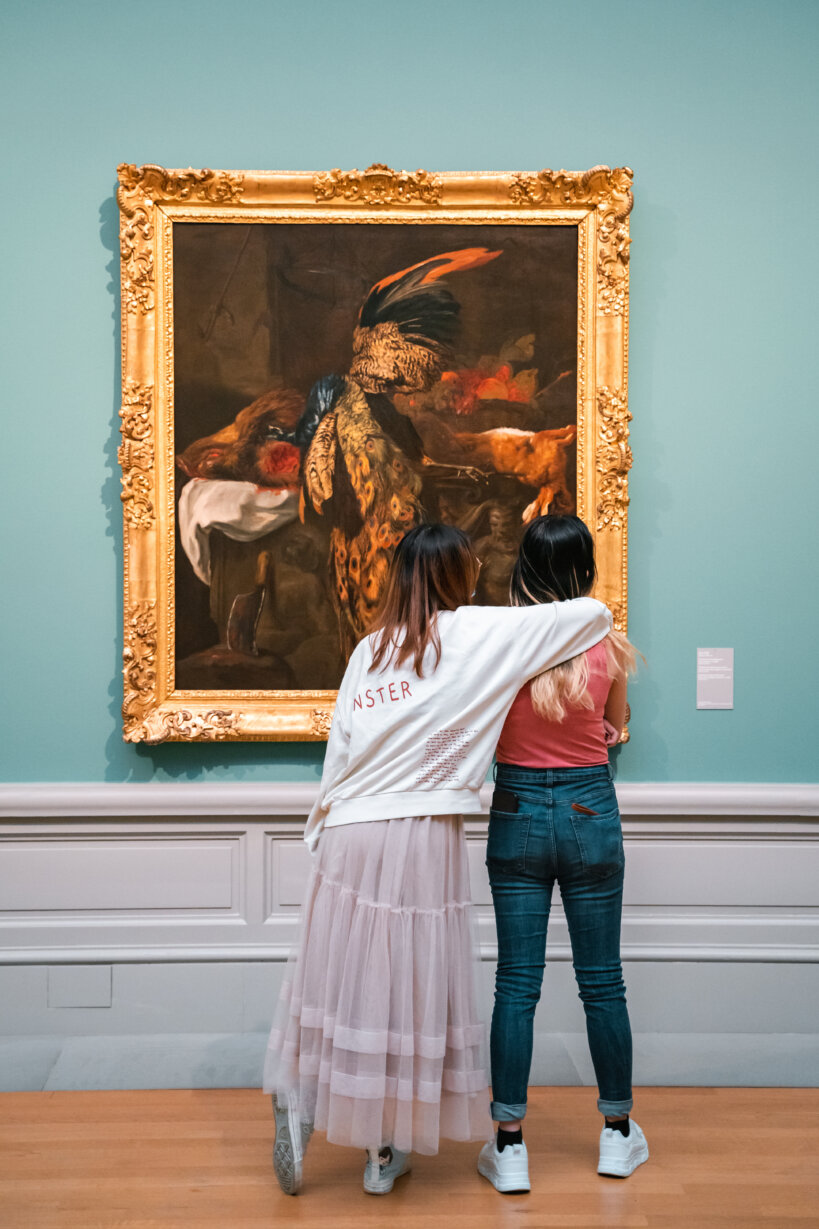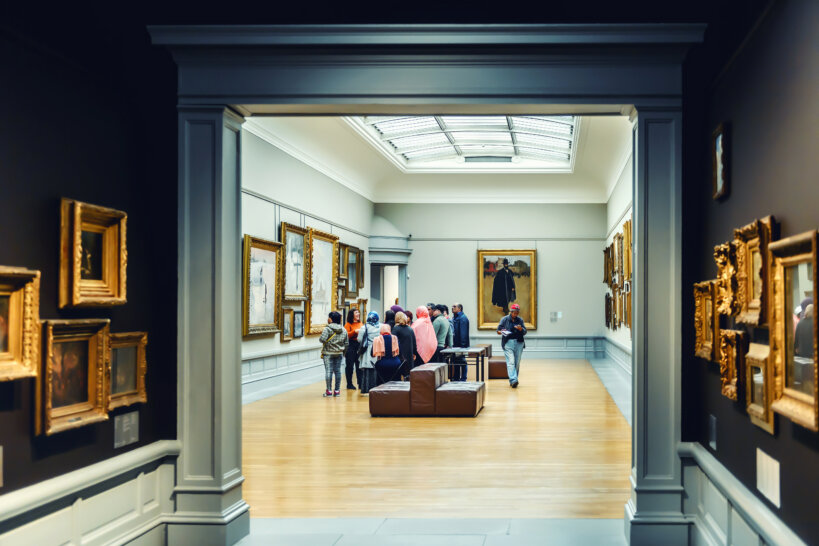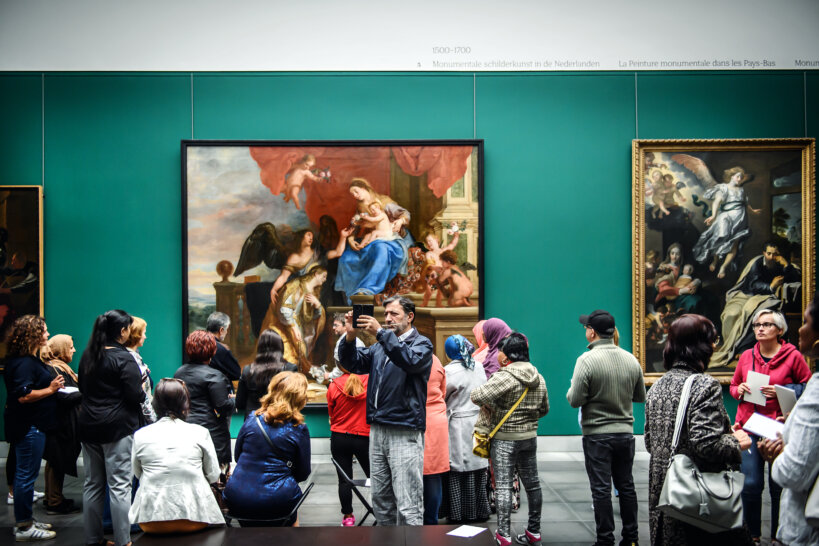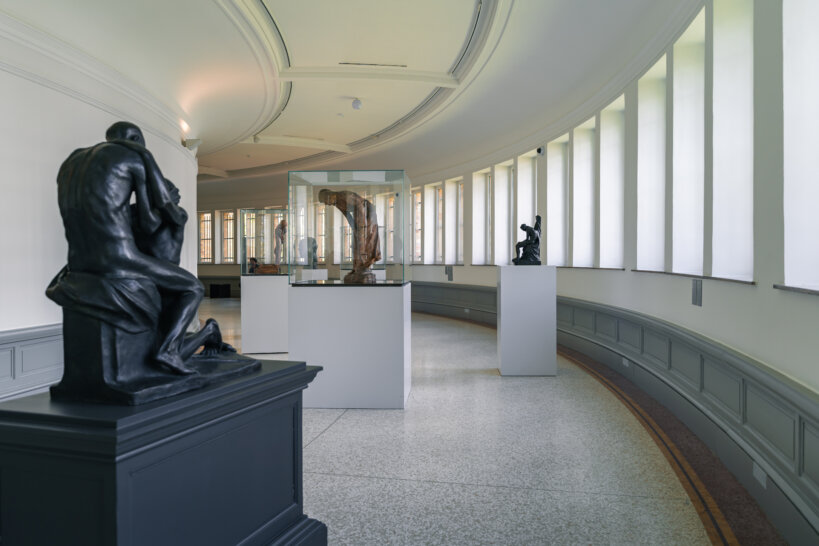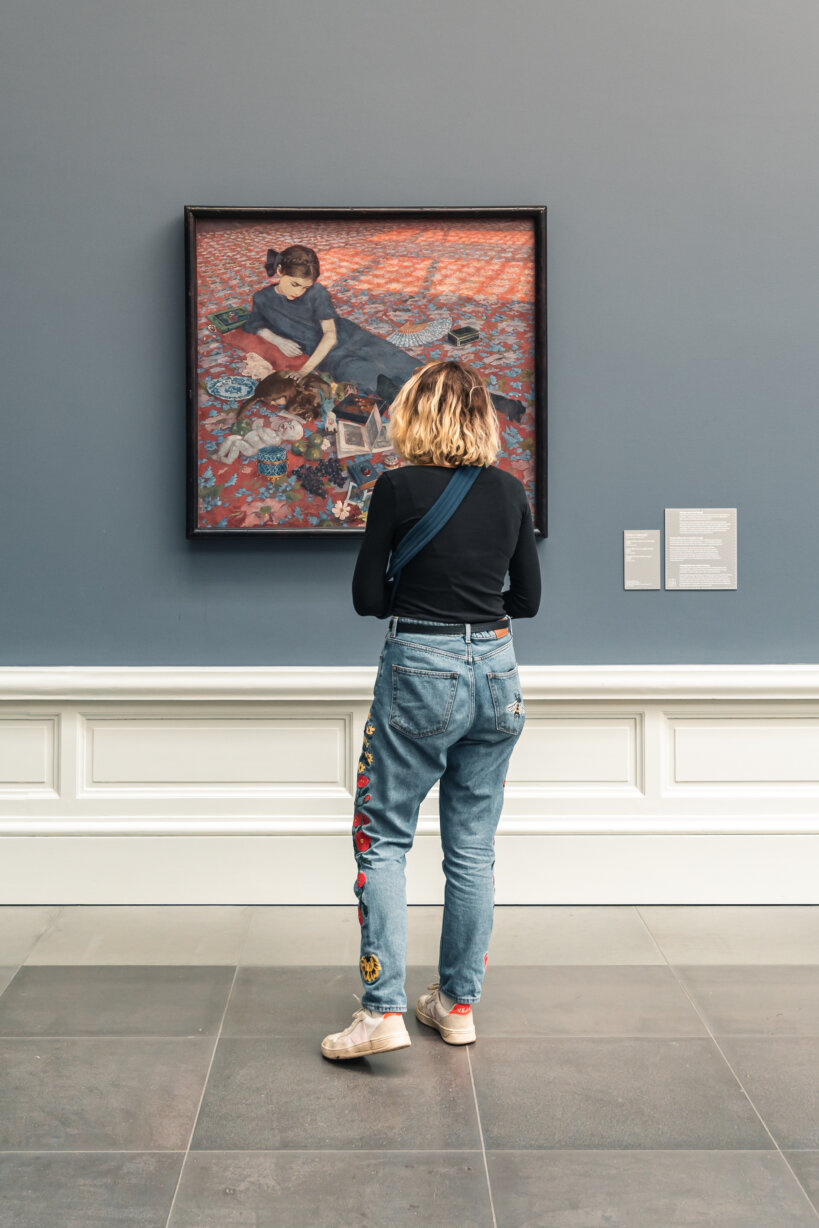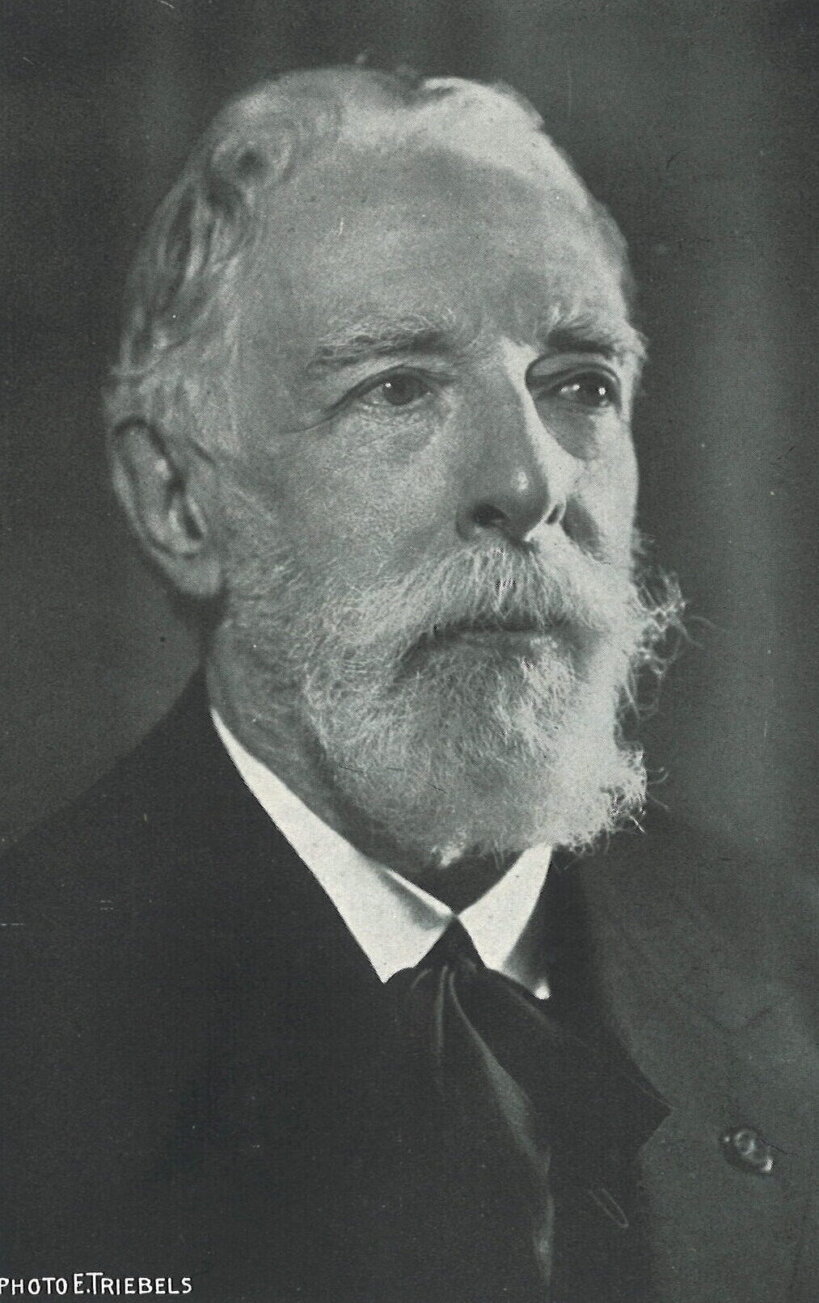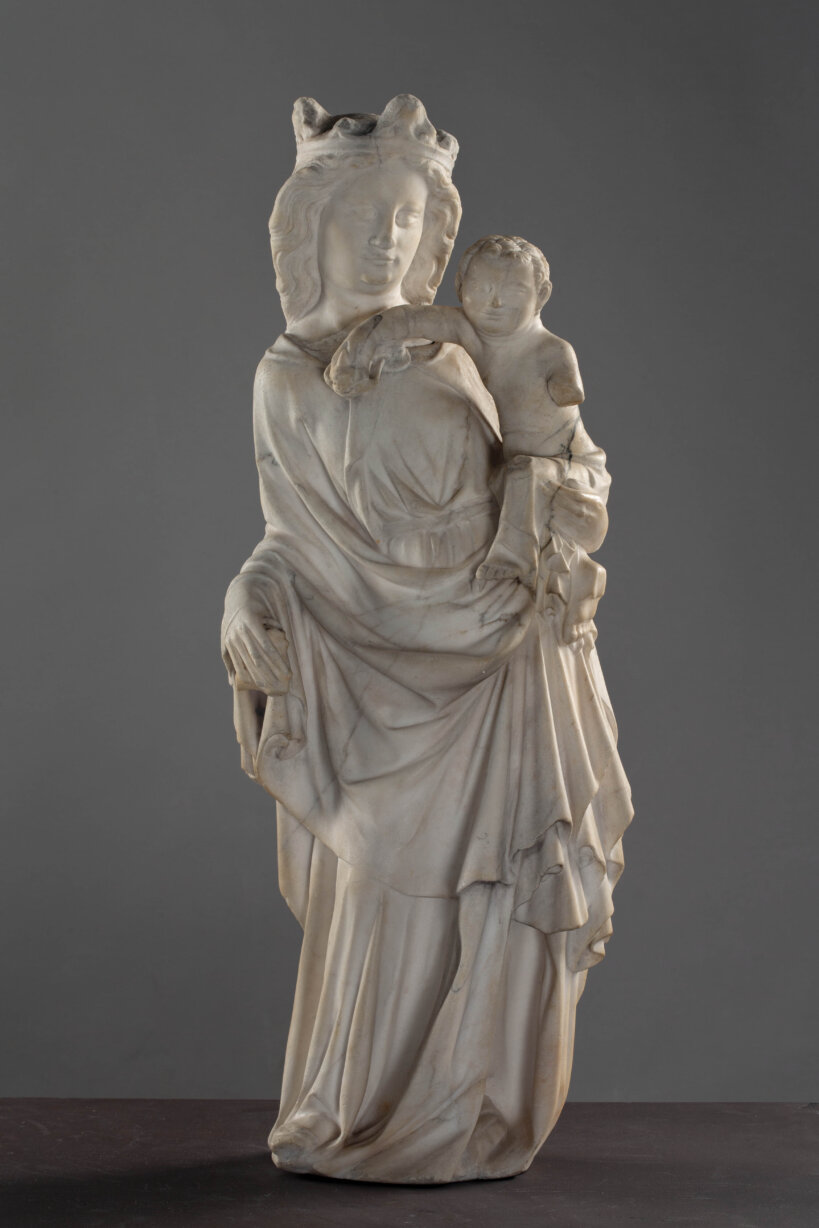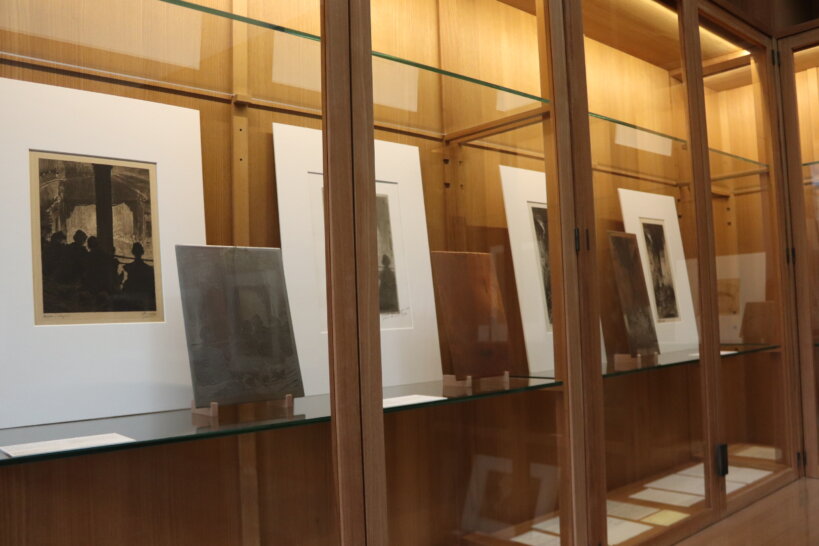The oldest museum in Belgium
The MSK was founded in 1798, even before Belgium itself existed. In 1802, it opened its doors to the public. This makes it the oldest publicly accessible museum in Belgium and one of the oldest in Europe. Over a century later, in 1904, the collection moved to the current museum building, specially designed for the occasion on the edge of Citadel Park.
Today, the museum holds almost 20,000 works of art from the Middle Ages to the present day. The MSK is particularly well known as a knowledge centre for (Belgian) art from the 19th and the first half of the 20th century. It also houses a very extensive collection of art on paper: drawings, graphic art, preliminary studies... The museum has its own research library, which is open to the public, a collection of valuable printed matter and its own archives.
40 galleries of art
Some 600 works of art are permanently on display. The oldest piece in the collection dates back to the 14th century, and the museum displays some absolute masterpieces of older art, including Christ Carrying the Cross by Hieronymus Bosch, Jupiter and Antiope by Anthony Van Dyck, Virgin with the Carnation by Rogier Van der Weyden, Portrait of a Young Woman by Frans Pourbus, or Allegory of the Five Senses by Theodore Rombouts.
About half of the museum galleries are devoted to art from the 19th to the mid-20th century. James Ensor, Auguste Rodin, Emile Claus, Thédore Géricault, Théo Van Rysselberghe, George Minne, Léon Spilliaert, Gustave De Smet, Oscar Kokoschka, René Magritte or Paul Delvaux... These are just some of the important names you will encounter in the museum. Old Masters hang alongside impressionists, surrealists and modernists, and in temporary exhibitions we combine our own collection pieces with international loans.
A 'transhistorical' presentation
In the galleries, the works of art enter into a more intense dialogue with each other and with the visitor. The chronological route is regularly interrupted by thematic rooms that invite reflection across the centuries. About poverty and wealth, the relationship between city and countryside, the image of women in art, or how people immortalise themselves and their loved ones in portraits. The museum shows how each work of art carries many stories within it: those of the artist who made it, of the world in which it was created, but also those that the viewer reads in it. The questions that people want to answer through art were not that different in the past from today. And when we look at their creations, we cannot help but add our own story to theirs.
Public programmes
For many years now, MSK has been working on a diversified programme that aims to let everyone enjoy art on their own terms. There are weekly guided tours and workshops, a permanent offer for families and people with visual impairments, a free multilingual audio guide, discussion moments for people suffering from dementia or chat tables for non-native newcomers. The museum thus also wants to take on an active social role, using art as a means of connecting people and prompting visitors to reflect on the past, present and future. Some of the public offerings are permanently available in the galleries, other activities can be organised on demand. Check the What's on for the full range of activities.
Ghent's museum district
With the Citadel Park on our doorstep and museum neighbours S.M.A.K., Sint-Pietersabdij, STAM and GUM, the MSK is located in the heart of Ghent's green museum district. Regular activities take place in the park and exchanges between the museum partners. The changing presentations, the public programme, the museum shop and the brasserie make it a lively place where we want everyone to enjoy art.
Sustainability
The museum wants to actively contribute to a socially, environmentally and socially sustainable society. We work on recycling and saving energy, and strive to remove barriers to culture and connect people with each other.

